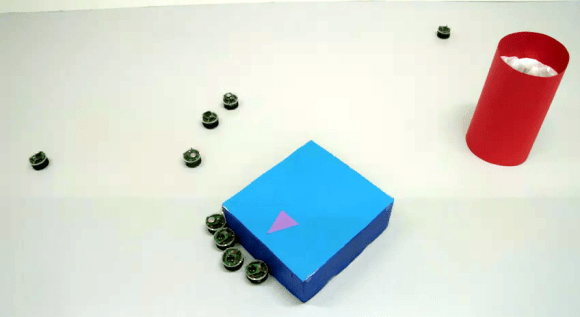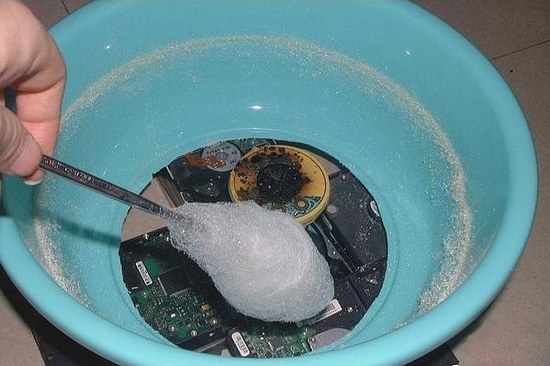 Nearly a year ago, the 3D printing scene saw a few new printers based on a technology other than squirting plastic out of a nozzle. These printers used DLP projectors underneath a vat of UV curing resin to build objects one layer at a time with incredible resolution.
Nearly a year ago, the 3D printing scene saw a few new printers based on a technology other than squirting plastic out of a nozzle. These printers used DLP projectors underneath a vat of UV curing resin to build objects one layer at a time with incredible resolution.
Probably the most successful of these printers is the B9Creator from [Michael Joyce]. His original Kickstarter took in half a million dollars – 10 times his original goal – and still managed to deliver all the kits to backers within 2 weeks of the promised date. Now, [Michael] is running another Kickstarter before taking his printers to select distributors. We played some email tag with [Michael] for an interview discussing the perils of a hugely successful Kickstarter, and the future of the B9Creator ecosystem.
Check out our interview after the break.
Continue reading “Interview: Another Kickstarter Round For The B9Creator”













